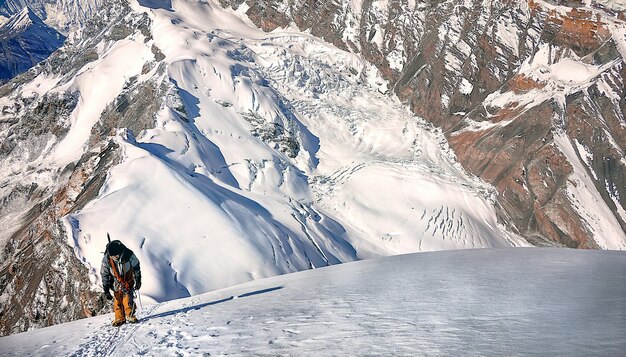Top 20 Highest Mountains in the World – A Journey to Earth’s Majestic Peaks
The world is home to some of the most breathtaking and awe-inspiring mountains, standing as towering symbols of nature’s grandeur. From the legendary Mount Everest to the formidable K2, these peaks challenge climbers, fascinate adventurers, and dominate the landscapes they reside in. In this blog, we take you through the top 20 highest mountains in the world, exploring their heights, unique features, and why they continue to captivate mountaineers and travelers alike.
Top 20 Highest Mountains in the World
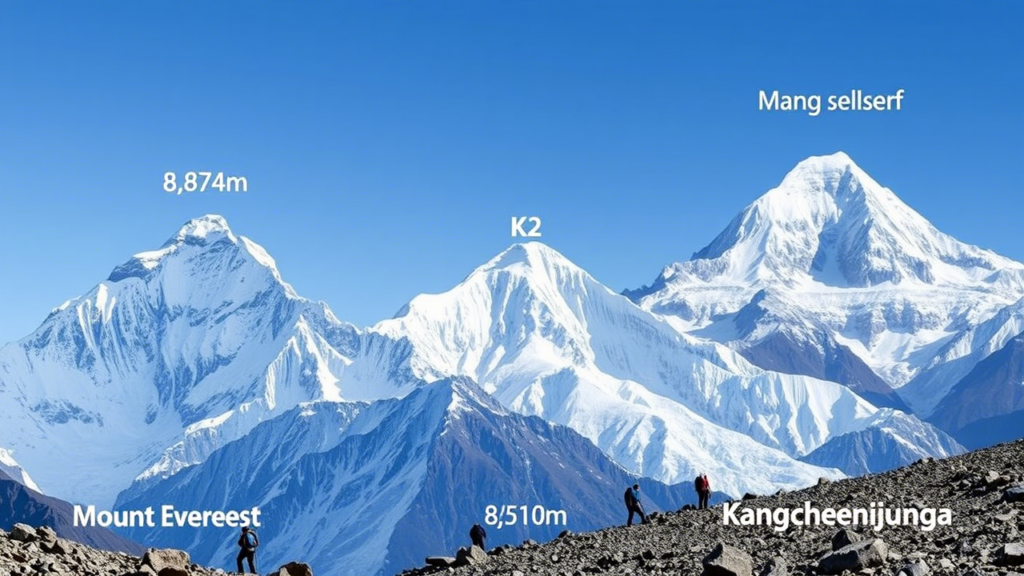
1. Mount Everest (8,848.86m) – Nepal/Tibet
The tallest mountain in the world, Everest is part of the Mahalangur Himal sub-range of the Himalayas. It was first summited by Sir Edmund Hillary and Tenzing Norgay in 1953. The climb to Everest is both physically and mentally demanding, requiring careful acclimatization.
👉 Learn more: Everest Base Camp Trek Guide
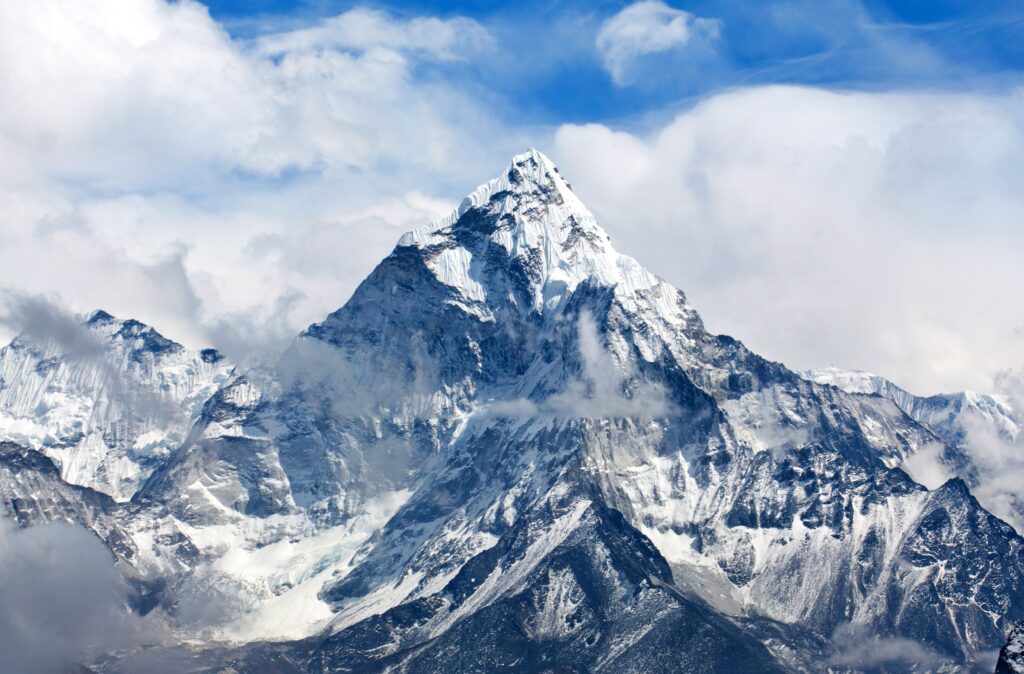
2. K2 (8,611m) – Pakistan/China
Also known as the Savage Mountain, K2 is the second-highest peak and one of the most difficult climbs, situated in the Karakoram Range. Its extreme weather conditions and technical climbing routes make it deadlier than Everest.
Climbing Routes & Challenges
Abruzzi Spur: The most popular route, involving steep rock and ice climbing.
Česen Route: A direct but challenging ascent with mixed snow and rock sections.
North Ridge: A rarely attempted, highly technical route from the Chinese side.
Best Climbing Season
The ideal time to climb K2 is from June to August, when conditions are slightly more favorable, though still extremely harsh.
Historical Ascents & Notable Climbs
First Ascent (1954): Achieved by Lino Lacedelli and Achille Compagnoni (Italy).
First Winter Ascent (2021): Completed by a team of Nepali climbers led by Nirmal Purja and Mingma Gyalje Sherpa.
K2 Survival and Safety Tips
Acclimatization: Essential due to rapid weather changes and high altitude risks.
Technical Skills: Advanced ice and rock climbing expertise required.
Extreme Weather: Winds can exceed 200 km/h, with temperatures dropping below -50°C.
👉 Read more: K2 Climbing Routes
3. Kangchenjunga (8,586m) – Nepal/India
The third-highest mountain in the world, Kanchenjunga is considered sacred by locals and was once thought to be the highest peak on Earth. Its name means “The Five Treasures of Snow.”
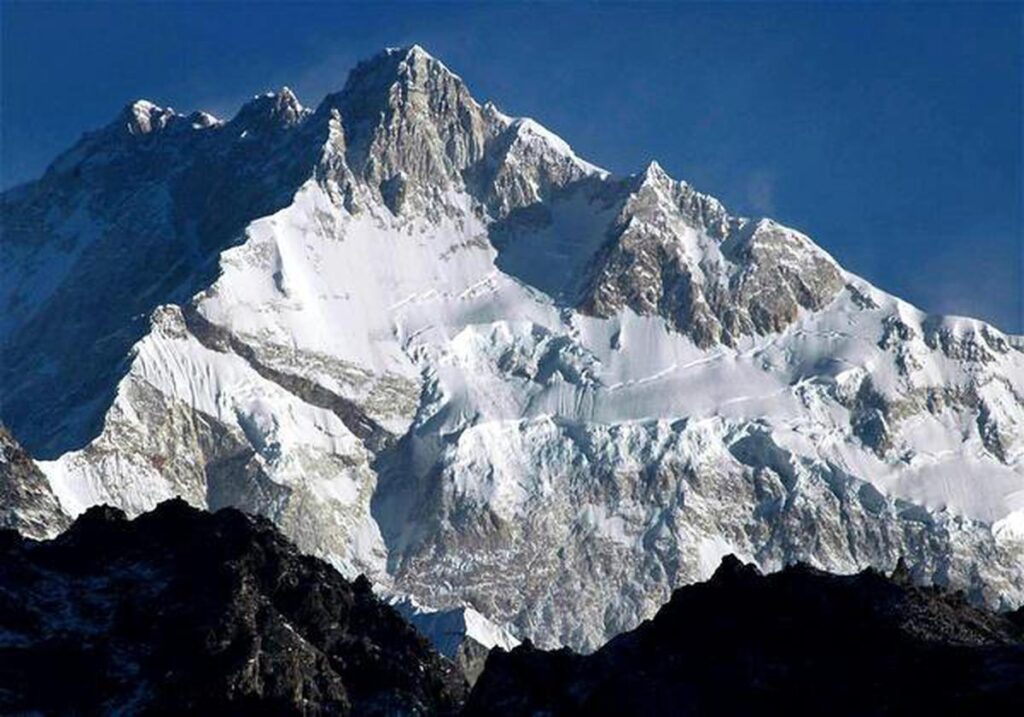
4. Lhotse (8,516m) – Nepal/Tibet
A neighbor of Everest, Lhotse is famous for its dramatic south face, one of the most challenging walls to climb. It shares much of its route with Everest up to Camp 3.
5. Makalu (8,485m) – Nepal/Tibet
Makalu’s distinctive pyramid shape makes it one of the most striking mountains. It has steep ridges and exposed rock, making it an extremely technical climb.
6. Cho Oyu (8,188m) – Nepal/Tibet
Considered one of the easiest 8,000-meter peaks to summit, Cho Oyu is often used for high-altitude training before attempting Everest or K2.
7. Dhaulagiri (8,167m) – Nepal
Dhaulagiri means “White Mountain” and is known for its dramatic ice and snow-covered ridges. It was first climbed in 1960.
8. Manaslu (8,163m) – Nepal
Dubbed the “Mountain of the Spirit,” Manaslu is known for its remote and less crowded expeditions. It offers a stunning trekking circuit.
👉 Trek details: Manaslu Circuit Trek
9. Nanga Parbat (8,126m) – Pakistan
Known as the “Killer Mountain,” Nanga Parbat has a notoriously dangerous reputation. It was first summited in 1953 by Hermann Buhl in a solo ascent.

10. Annapurna I (8,091m) – Nepal
With the highest fatality rate among all 8,000-meter peaks, Annapurna remains a true mountaineering challenge. The Annapurna Circuit is one of the world’s best treks.
👉 Trek guide: Annapurna Circuit Trek
11. Gasherbrum I (8,080m) – Pakistan/China
Part of the Karakoram Range, Gasherbrum I is also called Hidden Peak due to its remote location.
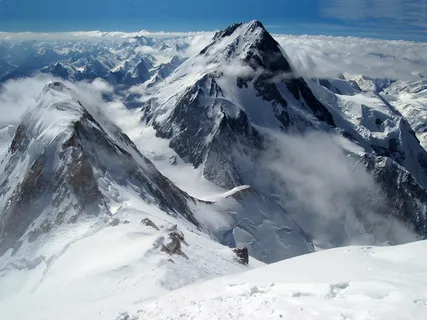
12. Broad Peak (8,051m) – Pakistan/China
Named for its vast summit, Broad Peak lies near K2 in Karakoram. It is one of the more accessible 8,000-meter peaks in the region.
13. Gasherbrum II (8,035m) – Pakistan/China
A striking peak in the Karakoram, Gasherbrum II is often climbed as preparation for K2 due to its challenging ascent.
14. Shishapangma (8,027m) – Tibet
The only 8,000-meter peak entirely in Tibet, Shishapangma is considered one of the least technical climbs in this range.
15. Gyachung Kang (7,952m) – Nepal/Tibet
The highest peak that is not classified as an 8,000-meter mountain, Gyachung Kang remains a relatively obscure peak despite its impressive height.
16. Annapurna II (7,937m) – Nepal
A sub-peak of the Annapurna Massif, Annapurna II offers challenging yet stunning climbs.
17. Gasherbrum III (7,952m) – Pakistan/China
A less-climbed peak in the Karakoram, Gasherbrum III remains a formidable challenge for experienced mountaineers.
18. Gasherbrum IV (7,925m) – Pakistan/China
Not an 8,000-meter peak but a challenging climb due to its technical difficulties and remote location.
19. Himalchuli (7,893m) – Nepal
The second-highest peak in the Mansiri Himal range, Himalchuli is known for its stunning snow-covered slopes.
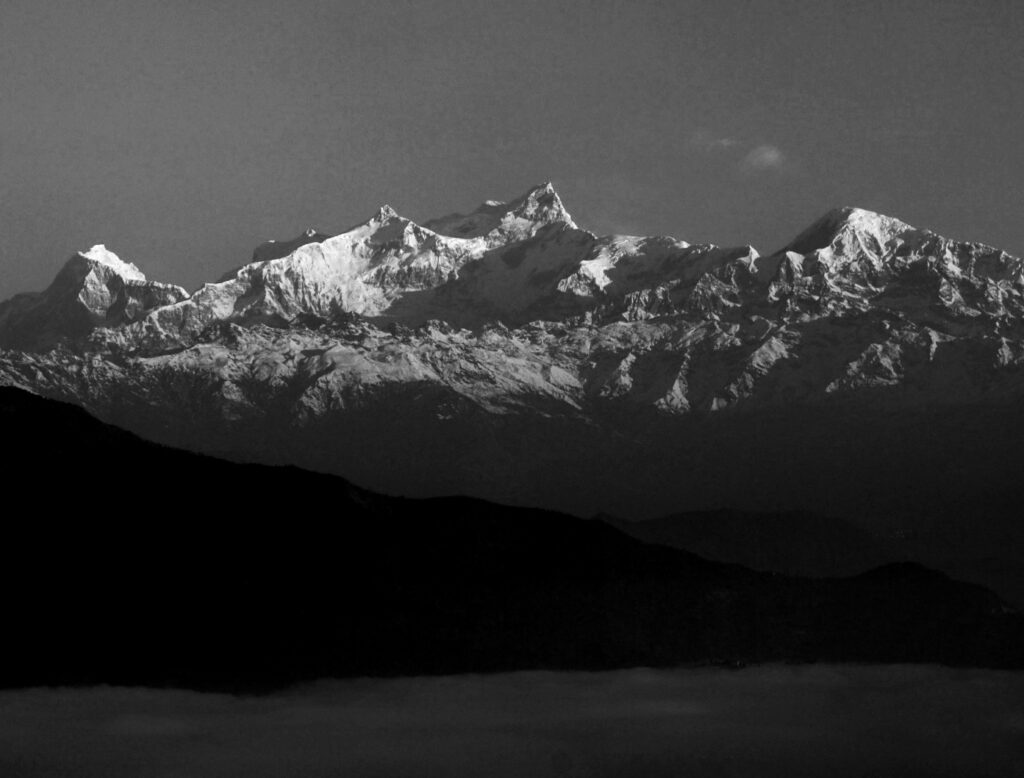
20. Distaghil Sar (7,885m) – Pakistan
One of the highest peaks in the Karakoram outside the Gasherbrum and K2 regions, Distaghil Sar remains a challenging climb due to its harsh conditions.
FAQ (Frequently Asked Questions)
1. What is the highest mountain in the world?
Mount Everest (8,848.86m) is the highest mountain on Earth, located between Nepal and Tibet.
2. Why is K2 called the Savage Mountain?
K2 is called the Savage Mountain due to its extreme weather, technical climbing routes, and high fatality rate.
3. What makes K2 harder to climb than Everest?
K2 has steeper routes, unpredictable weather, and no easy sections, making it far more difficult than Everest.
4. Which is the deadliest mountain to climb?
Annapurna I has the highest fatality rate, followed by K2 and Nanga Parbat.
5. What is the best time to climb K2?
The best climbing season for K2 is between June and August, with relatively stable weather conditions.
Conclusion
These top 20 highest mountains in the world stand as nature’s greatest marvels, attracting climbers, adventurers, and explorers from around the globe. Whether you seek to conquer these giants or simply admire their beauty, they continue to inspire and challenge humanity’s spirit of adventure.


